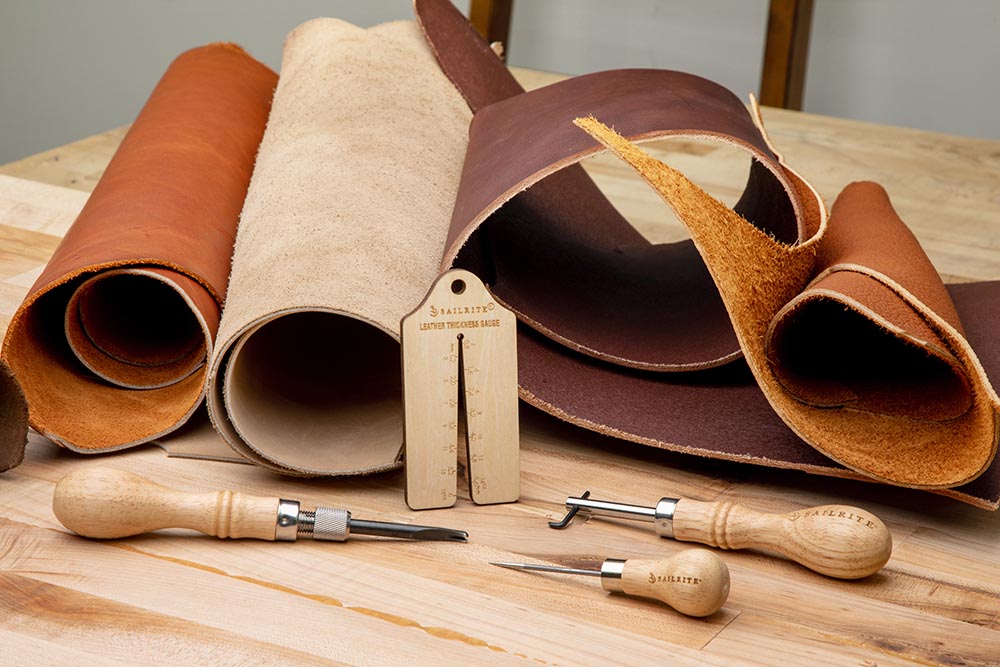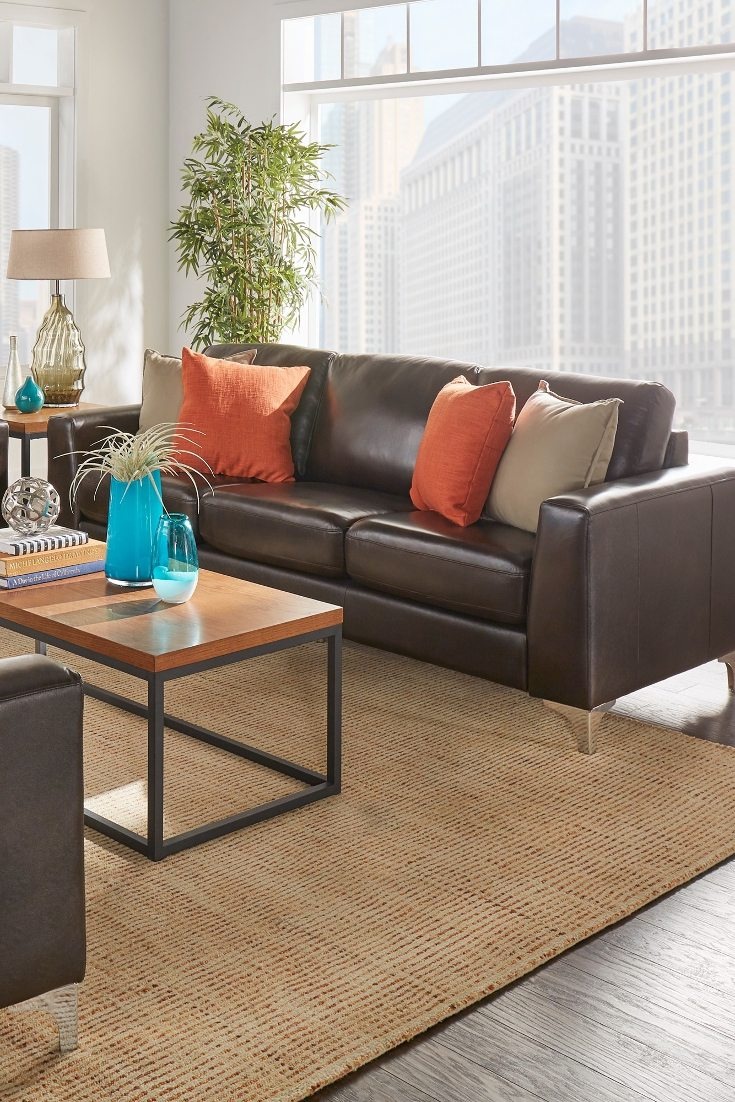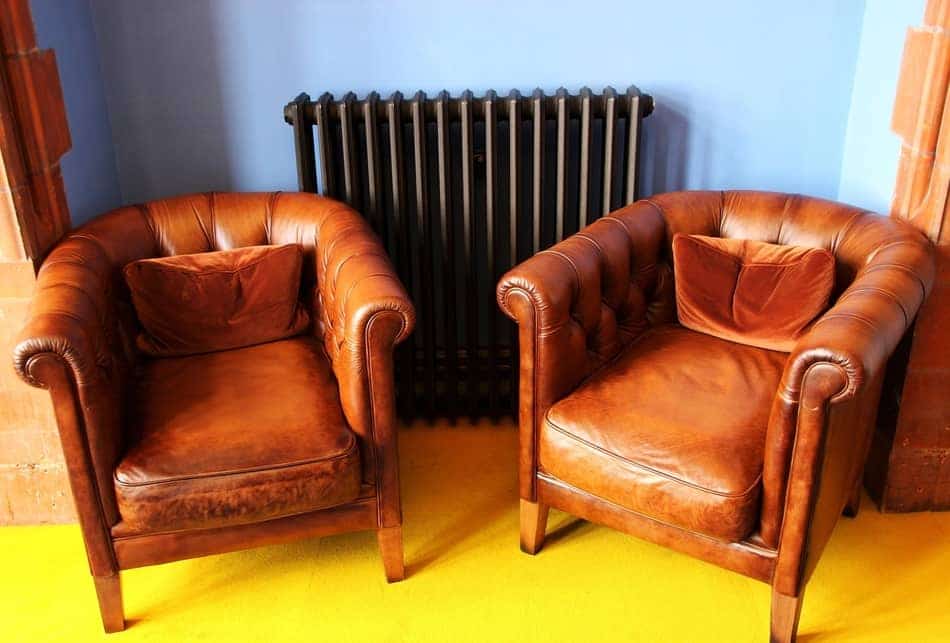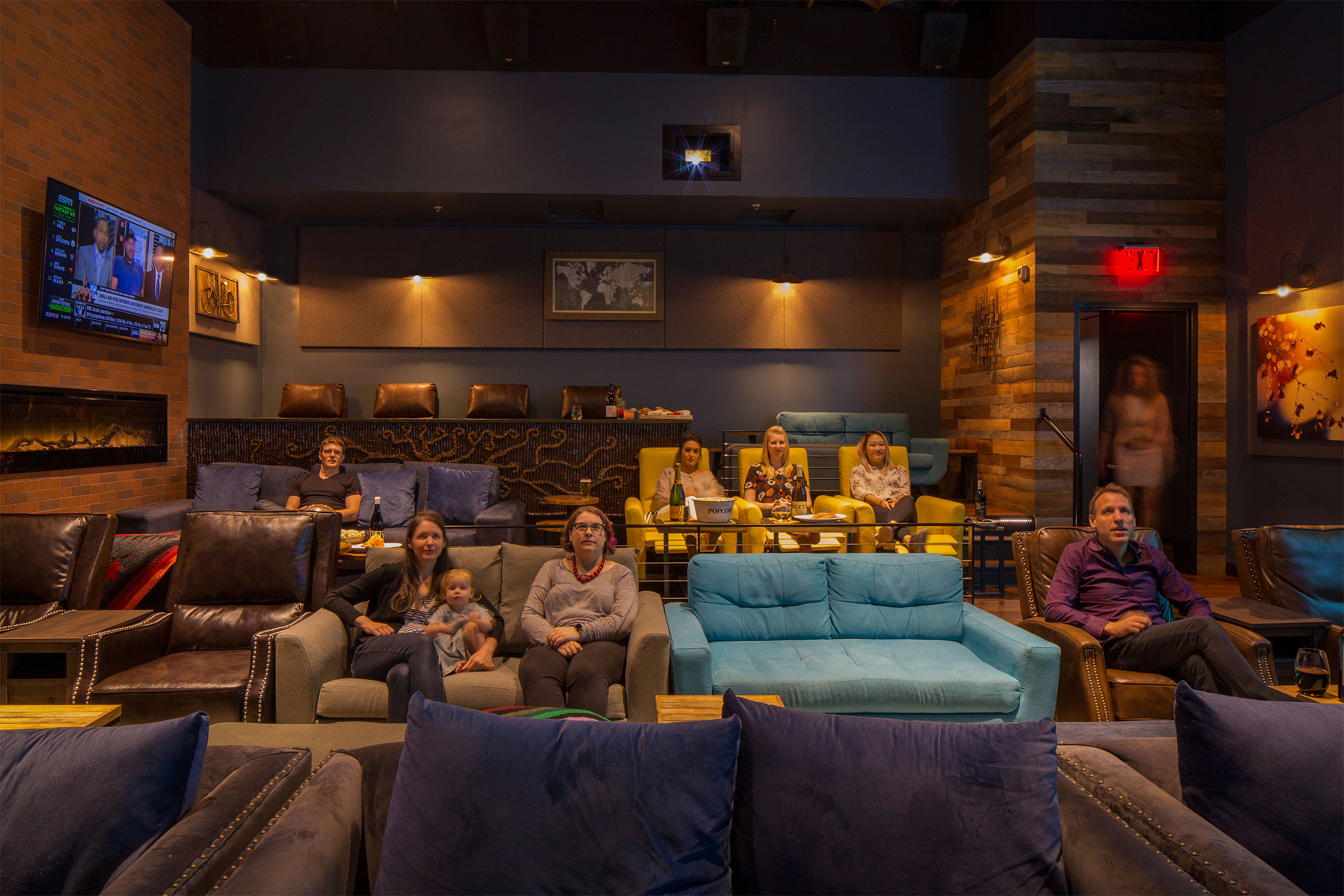When it comes to purchasing a new sofa, there are many important factors to consider. One of the most crucial aspects is the leather thickness. Not only does the thickness of the leather affect the appearance and feel of the sofa, but it also plays a significant role in the durability and maintenance of the piece. So, if you're in the market for a new sofa and are wondering about the leather thickness options, you've come to the right place. In this article, we'll discuss everything you need to know about leather thickness for sofas.Leather Thickness for Sofa: What You Need to Know
Choosing the right leather thickness for your sofa can seem like a daunting task, but it doesn't have to be. The first step is to consider your personal preferences and needs. Do you prefer a softer, more supple leather? Or do you want a thicker, more durable option? Additionally, think about your lifestyle and how much wear and tear your sofa will endure. If you have children or pets, a thicker leather may be a better choice to withstand their rough play.How to Choose the Right Leather Thickness for Your Sofa
Before diving into the various thickness options, it's essential to understand the different grades of leather. The most common grades used for sofas are full grain, top grain, and bonded leather. Full-grain leather is the highest quality and most durable option, followed by top grain, and then bonded leather, which is made from scraps of leather.Understanding Leather Grades and Thickness for Sofas
When deciding on the leather thickness for your sofa, there are a few essential factors to consider. The first is the type of leather you prefer. Different types of leather have different thicknesses, so it's crucial to understand the options available. Additionally, consider the level of maintenance you're willing to put into your sofa. Thicker leather may require less upkeep, while thinner leather may need more frequent conditioning to prevent cracking.Top Factors to Consider When Deciding on Leather Thickness for Your Sofa
As mentioned, different types of leather come in varying thicknesses. Here are the pros and cons of the most common options:Pros and Cons of Different Leather Thickness Options for Sofas
If you want to ensure you're getting the proper leather thickness for your sofa, you can measure it yourself. The thickness is typically measured in millimeters, and you can use a caliper or ruler to get an accurate measurement. Keep in mind that the thickness may vary slightly throughout the piece, so take multiple measurements.How to Measure Leather Thickness for Your Sofa
The best leather thickness for your sofa will depend on the type of sofa you have. For example, a full-grain leather with a thickness of 1.3-1.5mm is ideal for a traditional or Chesterfield-style sofa, while a more modern or contemporary sofa may look better with a thinner leather of 0.9-1.1mm. It's essential to consider the overall style and design of your sofa when choosing the leather thickness.Best Leather Thickness for Different Types of Sofas
Maintaining your leather sofa is crucial to prolong its lifespan, regardless of the thickness. However, different leather thicknesses may require slightly different maintenance routines. For thicker leather, it's best to condition it every 6-12 months to keep it soft and supple. Thinner leather may need more frequent conditioning to prevent drying and cracking. Additionally, it's essential to clean up spills and stains immediately and avoid harsh cleaning products that can damage the leather.Expert Tips for Maintaining Leather Sofas of Different Thicknesses
When it comes down to it, the decision between leather thickness options often comes down to personal preference and budget. Full grain leather is the thickest and most durable, with a higher price tag. Top grain leather is thinner but still offers good durability and a lower cost. Bonded leather is the thinnest and most affordable option but may not last as long as the other two options.Comparing Leather Thickness for Sofas: Full Grain vs. Top Grain vs. Bonded Leather
If you're on a budget but still want a leather sofa, there are a few options to consider. One is to opt for a top grain leather, which offers good quality at a lower cost than full grain. Another option is to choose a leather alternative, such as faux leather or vegan leather, which can mimic the look and feel of real leather at a fraction of the cost.Budget-Friendly Options for Leather Thickness on Sofas
How to Choose the Right Leather Thickness for Your Sofa

When it comes to selecting the perfect sofa for your home, there are many factors to consider, from design and style to comfort and durability. One important aspect that often gets overlooked is the thickness of the leather used for the sofa. While it may seem like a minor detail, the thickness of the leather can greatly impact the overall look and feel of your sofa. In this article, we will discuss the importance of leather thickness for sofas and how to choose the right one for your home.
The Role of Leather Thickness in Sofa Design

Leather thickness plays a significant role in the design and construction of sofas. The thickness of the leather used can affect the overall quality, comfort, and durability of the sofa. Thin leather may look sleek and modern, but it may not hold up well to everyday wear and tear. On the other hand, thick leather may provide a more luxurious feel and better durability but can also be more expensive. It's important to strike a balance between the two to ensure your sofa not only looks good but also lasts for years to come.
The Different Types of Leather Thickness for Sofas

When it comes to leather thickness, there are typically three types to choose from – full grain, top grain, and split grain. Full grain leather is the thickest and most durable option as it is made from the top layer of the hide, making it resistant to scratches and stains. It also has a natural and textured appearance, making it a popular choice for high-end sofas. Top grain leather is a step down in thickness, as it is made from the second layer of the hide and is sanded down for a smoother and more uniform look. It is also more affordable than full grain leather but still provides good durability and quality. Lastly, split grain leather is the thinnest option, made from the bottom layer of the hide. It is the most affordable option but also the least durable, making it more suitable for a decorative sofa rather than for everyday use.
Choosing the Right Leather Thickness for Your Sofa

When choosing the right leather thickness for your sofa, it's important to consider your lifestyle and needs. If you have pets or children, a thicker leather option such as full grain or top grain would be more suitable to withstand their wear and tear. If you are looking for a more affordable option or a decorative piece, split grain leather may be a good choice. Additionally, consider the overall look and style of your home. Thicker leather can give a more traditional and elegant look, while thinner leather can provide a modern and sleek appearance.
In conclusion, the thickness of the leather used for your sofa is an important factor to consider when designing your home. It not only affects the overall look and feel of your sofa but also its durability and longevity. By understanding the different types of leather thickness and considering your lifestyle and design preferences, you can choose the perfect sofa that will not only be a beautiful addition to your home but also withstand the test of time.





















































:max_bytes(150000):strip_icc()/how-to-measure-a-sofa-1391408-color2-aa486d1f9f7c48e3a5da332d8e439043.png)


:max_bytes(150000):strip_icc()/brush-up-on-sofa-glossary-1391672-illo-35258d3fd68b43098bfb986511553575.jpg)














































